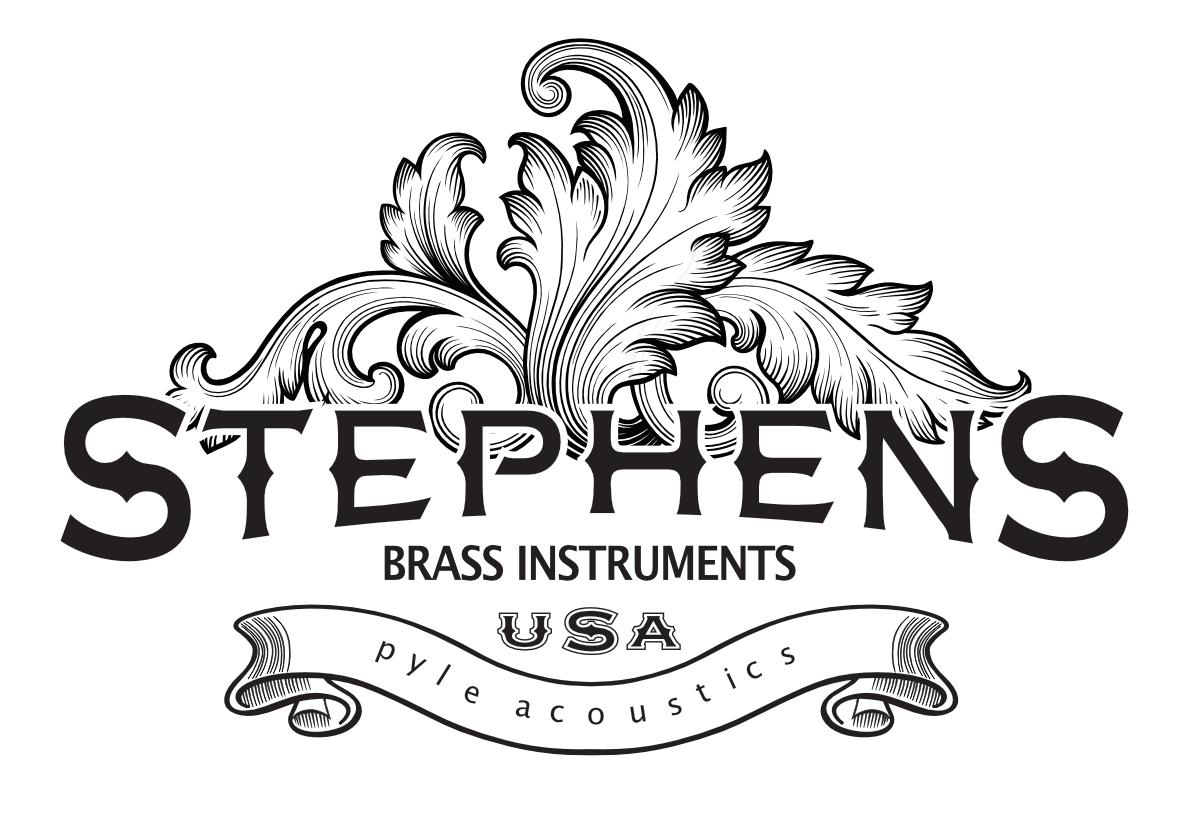A Bad Wrap
I was at a horn workshop recently, and overheard someone saying: “...just what the world needs - another Geyer wrap horn”. It is true that there are dozens of horns from dozens of instrument makers that have a “Geyer” or similar “Knopf” wrap (wrap is a term used to describe the tubing and valve layout of a horn, defined by where the fourth valve is in relationship to the other three, and how the tubing is bent in the various branches) However, it does not mean that all of these horns are created equal, or really meant to be the same.
There are MANY things that change the sound, response, resistance, and intonation of a horn. I’m not sure that I would put the “wrap” of the instrument high on the list of factors defining the horn. Consider a straight tenor trombone. They are available in many bores with many bell sizes, and many lead pipe options. Yet, from a distance, they look pretty much the same; they have the same wrap. To take the analogy further, think of a tennis racket design. At first glance, could there be a simpler object to produce? It has a handle on one end and a large head the other, with string strung across it. Yet there are thousands of racket designs, and new models coming out every year, with subtle but important changes and improvements.
Geyer wrap horns have traditionally been medium bore yellow brass horns. The fourth valve is in line with the first three, coming just after the third valve.
Kruspe wrap horns have the fourth valve up above the first valve. The Conn 8D is the most common “Kruspe style” horn in America. Like the Kruspe that inspired it, the Conn 8D is a large bell instrument, most commonly made of nickel silver.
The “bore” of an instrument is defined by the inner diameter of the slide tubing and slide crooks. It is actually the same for Conn 8D and a traditional Geyer - .468”
Paxman horns have primarily used the same wrap for a variety of bores and bell sizes. The model 20M would be their medium bell model similar in size to a Geyer. The model 20A is their large bell model, similar to a Conn 8D or Kruspe in size. They achieve vastly different sounds and response utilizing the same wrap but altering lead pipe tapers, first branch tapers, and bells.
The sound and response of a horn is affected by the tapers of the conical tubing and bell, its weight, the alloy it is made of, how it is braced, and so many, many other factors. You will find that not only the gauge of the bell is important, but the thickness of the lead pipe, first branch, and all the other tubing is a factor as well. Horns can be made of yellow brass, nickel, gold brass, red brass, and bronze. Each metal alloy has its own characteristic sound and response. Makers often “anneal” or heat treat the instrument in order to achieve different sounds as well.
The Stephens Series 1 horn utilizes a traditional “Geyer” style wrap. I like it because I find it elegant: open, simple and beautiful. It is well balanced, comfortable in the hand, and allows for a quick and ergonomic fourth valve lever. What makes the Stephens Series 1 horn distinctive is not the Geyer wrap- or the alloys, wall thickness, tubing taper, etc. - it’s the care with which the horn is designed and crafted.
